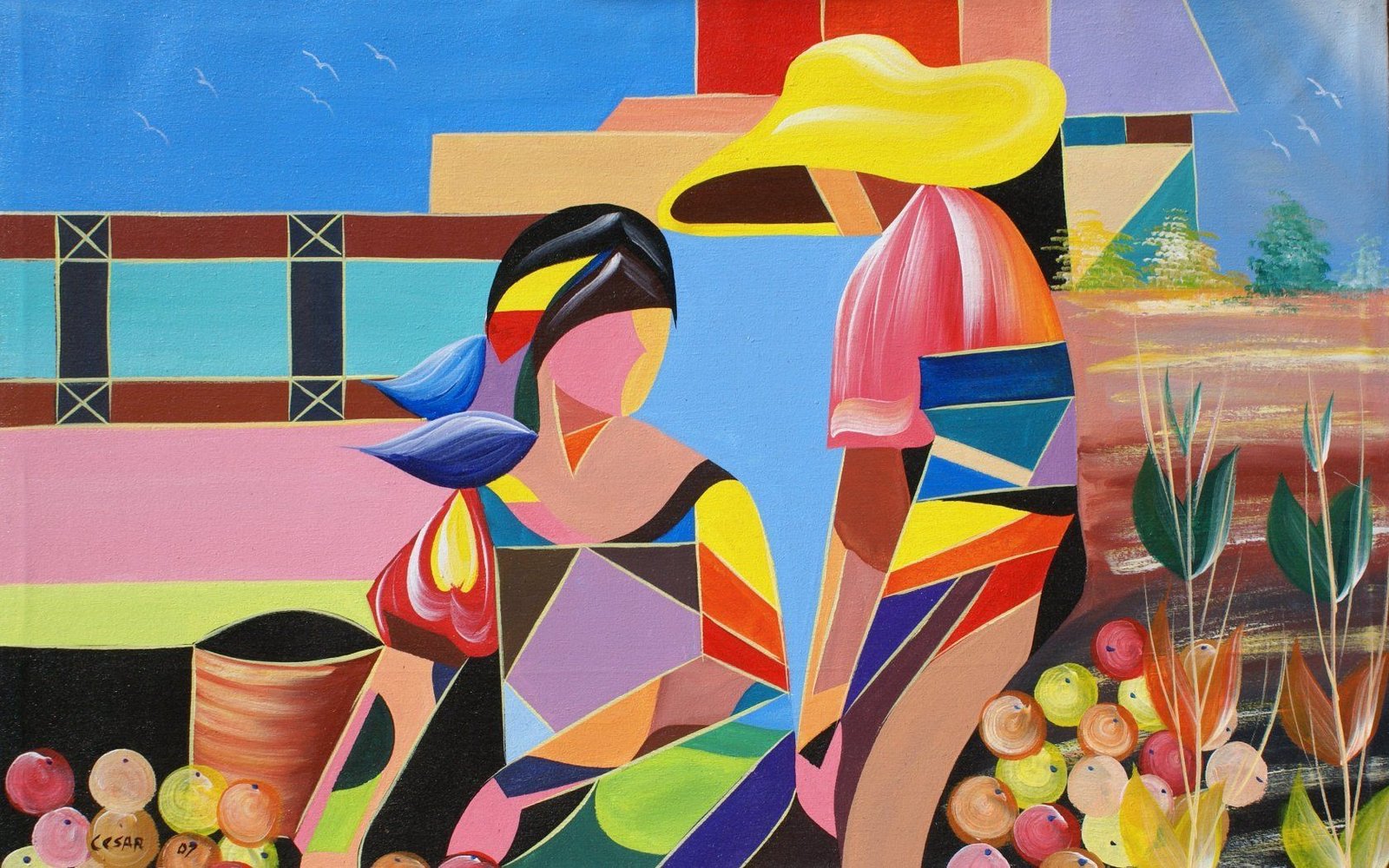The richness and diversity of Filipino culture may be seen in the country’s art. There are several cave paintings and artworks uncovered around the region that date back to the prehistoric age. Despite this, Filipino art as we know it now began in the early 16th century when Spain colonized the region. A major influence on Philippine art during this period was Christianity, which was introduced by the Spanish. Thus, the country’s religious ideology is reflected in this. Catholicism spread in the Philippines thanks to the power of art. Christianity was a major factor in the development of art in the Philippines from the 16th century to the 19th century. When the natives of the Philippines began to educate themselves in the early nineteenth century, things began to change. Educational reform was also represented in art produced during this period. As a result of this transformation, the country’s native culture, including landscapes, local clothes, jewelry, and furniture, became more prominent. Filipino art saw another important shift during and following World War II. Many artists redirected their attention away from the indigenous culture and toward the impacts of the war. The depiction of war scenes, death, and the resulting suffering began to be depicted by artists. They have continued to contribute to current art while experimenting with new methods of expression from the Philippines.

Filipino artists and their best works are listed below.
Pacita Abad
Pacita Abad is known for her unconventional use of color in her paintings, among other things. Along with depictions of exotic animals and tropical flowers, her paintings also contained vistas from the ocean. She was able to convey the dynamism of the environment around her through her writing. As a result of her extensive travels, many of her paintings represent these experiences. Having briefly studied painting in New York and Washington, DC, she went on to visit more than 80 countries. As a result of her travels, she developed a unique style of painting that reflected her encounters with individuals from all over the world. In the 1970s and 1980s, her work was heavily influenced by Ben Shahn, who motivated her to produce political and socially conscious paintings. Throughout her career, Abad was honored with numerous accolades. She was the first female recipient of the Ten Outstanding Young Men (TOYM) Award, given out each year since its inception in 1984. D.C. Commission on Arts Awards in 1989 and 1990, and the Gwendolyn Cafritz Award in 1992, are two other honors she has received.
Hernando Ruiz Ocampo
Hernando Ruiz Ocampo was a self-taught artist who largely adhered to modernist traditions throughout his career and made a point of using exceptionally vibrant color palettes in his work. Aside from the Filipino terrain, he was also influenced by science fiction novels and biomorphic designs. Ocampo was a member of the Saturday Group of Artists or Taza de Oro Group, which was founded by Victorio C. Edades. His art depicted the harsh reality of the environment in which he lived. His paintings also conveyed a sense of the magnitude of the Second World War’s toll on the world. Later in his career, he began to experiment with abstract painting techniques. Using the native flora and fauna of the Philippines, as well as spatial components like the sun and stars, he was recognized for creating an abstract shape that depicted the abstract forms of life. He was the recipient of the Republic Central Award back in 1965. In addition, Hernando R. Ocampo was honored as a National Artist of the Philippines in 1991, a posthumous honor.








